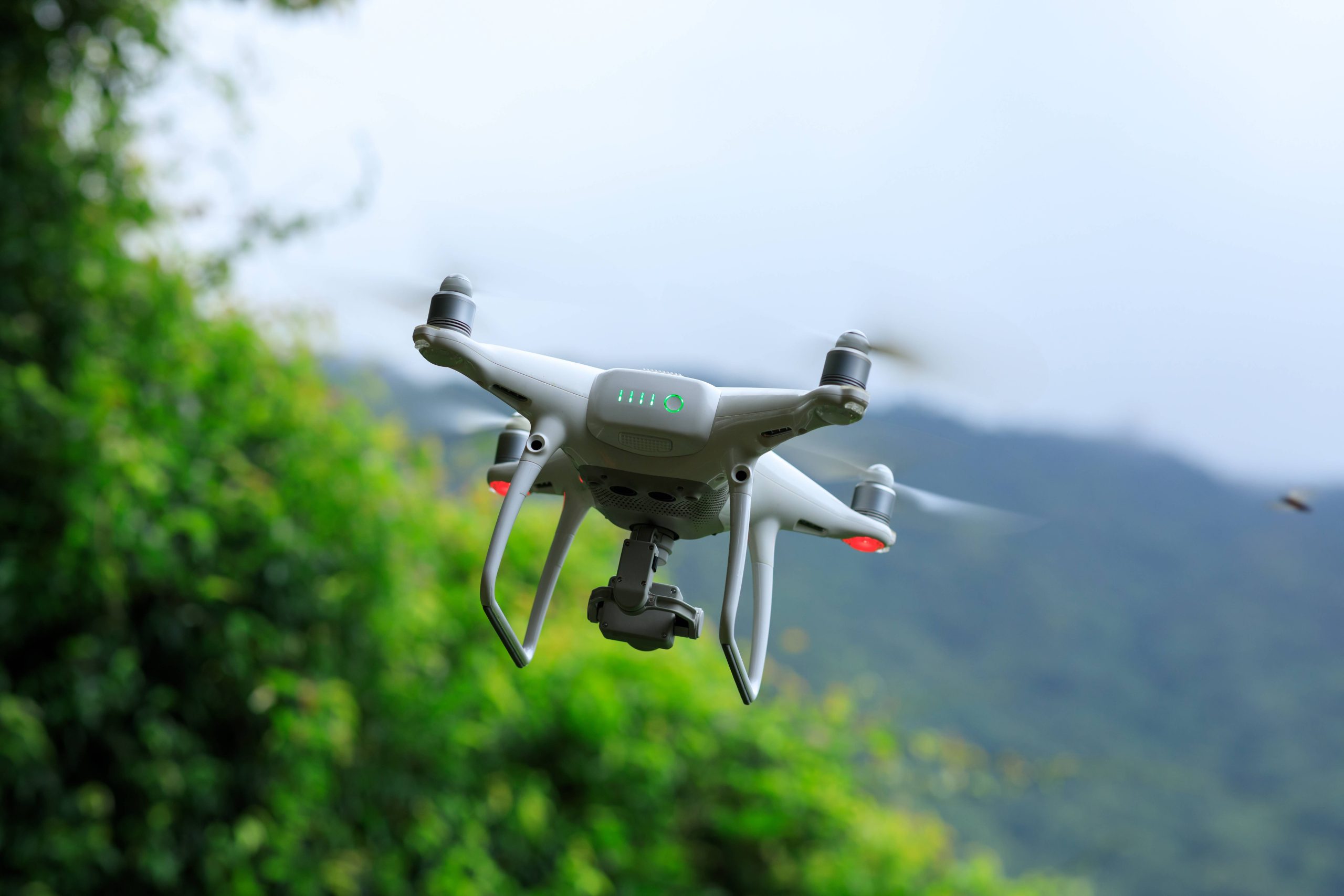If you are an adrenaline junkie and love the thrill of speed, then FPV racing drones might be the perfect hobby for you. In recent years, FPV racing has exploded in popularity, and with the advent of affordable drone technology, it is now easier than ever to get started. In this article, we will introduce you to the world of FPV racing drones, discussing everything from what they are, to how they work, and what you need to know to get started.
What are FPV racing drones?
FPV stands for “First Person View,” which means that the pilot is able to see through the eyes of the drone using a live video feed. This allows the pilot to fly the drone at high speeds, perform daring maneuvers, and race against other pilots. FPV racing drones are typically small, lightweight, and highly maneuverable, designed to fly at high speeds and navigate tight courses with precision. They are equipped with powerful motors, advanced flight controllers, and specialized cameras that allow pilots to see the course ahead and avoid obstacles.
How do FPV racing drones work?
FPV racing drones work by using a combination of advanced technology and skilled piloting. The drone is controlled using a radio transmitter, which sends signals to the onboard flight controller. The flight controller interprets these signals and sends commands to the drone’s motors, causing it to move in the desired direction. Meanwhile, the pilot uses a pair of goggles or a monitor to see the live video feed from the drone’s camera, allowing them to navigate the course and avoid obstacles.
Getting started with FPV racing drones
If you are interested in getting started with FPV racing drones, there are a few things you need to know. First and foremost, it is important to start small and work your way up. This means investing in a beginner-friendly drone that is easy to fly and won’t break the bank. You should also take the time to practice your piloting skills and learn the basics of racing, such as how to navigate a course and avoid obstacles. Finally, it is important to join a local racing community or club, where you can meet other pilots, share tips and tricks, and participate in organized races.
Choosing the right drone
When it comes to choosing the right drone for FPV racing, there are a few things to consider. First and foremost, you should look for a drone that is specifically designed for racing, with features like powerful motors, agile flight control, and a low profile. You should also consider the size and weight of the drone, as well as its camera and video transmission capabilities. Finally, you should take into account your own skill level and experience, and choose a drone that is appropriate for your abilities.
Building vs. buying a drone
One question that many beginners have is whether to build or buy their first FPV racing drone. While there are advantages to both approaches, most experts recommend starting with a pre-built drone that is designed specifically for racing. This will allow you to focus on developing your piloting skills and learning the basics of racing, without getting bogged down in the technical details of building a drone from scratch. As you gain experience and expertise, you can then consider building your own custom drone to suit your specific needs and preferences.
Tips for improving your skills
If you want to become a skilled FPV racing pilot, there are a few tips and tricks you can follow. First and foremost, it is important to practice regularly, both on your own and with other pilots. You should also experiment with different racing styles and techniques, and take the time to learn from more experienced pilots.
In addition to practice and experimentation, it is important to invest in high-quality equipment. This includes a reliable drone, a good set of goggles or a monitor, and a high-quality radio transmitter. You may also want to invest in additional accessories, such as batteries, propellers, and spare parts, to ensure that you are always ready to race.
Finally, it is important to stay up-to-date with the latest technology and trends in FPV racing. This means following online forums, watching racing videos, and attending races and events. By staying informed and engaged, you can continue to improve your skills and stay ahead of the competition.
Conclusion:
FPV racing drones are an exciting and fast-paced hobby that is rapidly growing in popularity. Whether you are a seasoned pilot or just starting out, there is a wide range of drones and equipment available to suit your needs and preferences. By following the tips and advice outlined in this article, you can improve your skills, stay up-to-date with the latest technology, and enjoy all the thrills and excitement of FPV racing. So what are you waiting for? Get out there and start flying!

